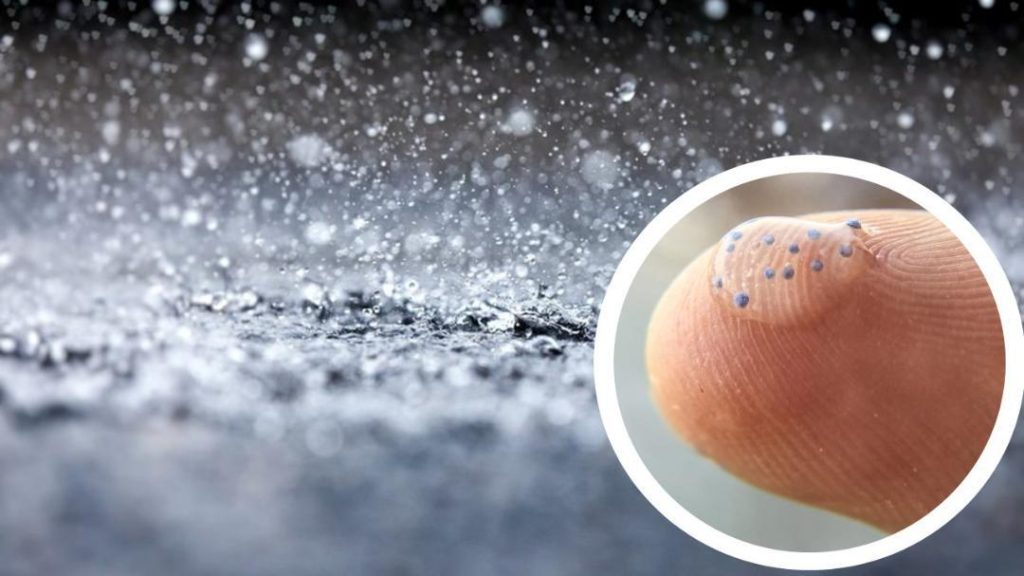
What is Plastic Rain?
In recent years, the term “plastic rain” has been gaining attention and sparking concern worldwide. But what exactly is plastic rain, and how does it affect our environment and health? In this blog post, we’ll delve into the world of microscopic plastic particles suspended in the atmosphere, exploring their sources, impacts, and health risks.
What is Plastic Rain?
Plastic rain, also known as “microplastic rain,” refers to microscopic plastic particles that are suspended in the atmosphere, falling like rain and contaminating air, water, and soil. These tiny particles can be as small as 5 micrometers, making them invisible to the naked eye. They originate from various sources, including synthetic textiles, vehicle emissions, industrial processes, and even human activities like washing clothes or using personal care products.
Sources of Plastic Rain
Plastic rain is a byproduct of our increasingly plastic-dependent society. Here are some of the primary sources:
- Synthetic Textiles: Clothing made from synthetic fibers like polyester, nylon, and acrylic can release microplastics during washing, drying, or even just from everyday wear and tear. This is because these fibers are designed to be soft and durable, but they can also break down into tiny pieces.
- Vehicle Emissions: Vehicle exhaust emissions can contain microplastics, which are then released into the atmosphere. This can happen when tires, brake pads, and other car parts wear down and release tiny plastic particles.
- Industrial Processes: Industrial activities like manufacturing, construction, and mining can also produce microplastics. For example, construction sites may generate microplastics from crushed stones and concrete, while manufacturing processes can release microplastics from packaging materials and other products.
- Human Activities: Human activities like washing clothes, using personal care products, and even just walking outside can release microplastics into the environment. For instance, when you wash your clothes, tiny fibers from synthetic fabrics can be released into the water system.
Impacts of Plastic Rain
The impacts of plastic rain are far-reaching and can affect various aspects of our lives. Here are some of the key consequences:
- Environmental Pollution: Plastic rain contaminates air, water, and soil, posing a significant threat to the environment. Microplastics can accumulate in waterways, soil, and even our food chain, harming plants, animals, and humans.
- Health Risks: Inhaling microplastics can lead to respiratory problems, while ingesting them can cause digestive issues and even cancer. Microplastics can also enter the food chain through contaminated soil and water, posing a risk to human health.
- Climate Change: Plastic rain can exacerbate climate change by releasing greenhouse gases and contributing to the formation of atmospheric particles that trap heat.
Health Risks of Plastic Rain
The health risks associated with plastic rain are a growing concern. Here are some of the potential health effects:
- Respiratory Problems: Inhaling microplastics can cause respiratory issues like asthma, bronchitis, and chronic obstructive pulmonary disease (COPD).
- Digestive Issues: Ingesting microplastics can lead to digestive problems like constipation, diarrhea, and even gastrointestinal cancers.
- Cancer Risk: Microplastics can enter the food chain and accumulate in our bodies, potentially increasing the risk of cancer.
Mitigating the Effects of Plastic Rain
While the situation may seem dire, there are steps we can take to mitigate the effects of plastic rain:
- Reduce Plastic Use: Reducing our reliance on plastic products can help minimize the amount of microplastics released into the environment.
- Use Eco-Friendly Products: Choosing eco-friendly products, such as those made from natural fibers, can reduce microplastic emissions.
- Improve Waste Management: Proper waste management practices, such as recycling and composting, can help reduce the amount of plastic waste that ends up in landfills and oceans.
- Support Plastic-Free Initiatives: Supporting plastic-free initiatives, such as beach cleanups and campaigns against single-use plastics, can help raise awareness and drive change.
Conclusion
Plastic rain is a pressing environmental issue that requires immediate attention. By understanding the sources, impacts, and health risks associated with plastic rain, we can take steps to mitigate its effects and create a healthier, more sustainable future. It’s time to take action and join the fight against plastic rain.
News Source
For more information on plastic rain, check out this article by NewsKarnataka: https://newskarnataka.com/health/plastic-rain-the-invisible-storm-poisoning-our-skies/18032025/
Note: The news source article has been used as a reference for this blog post, and all information and data presented are accurate to the best of our knowledge.



